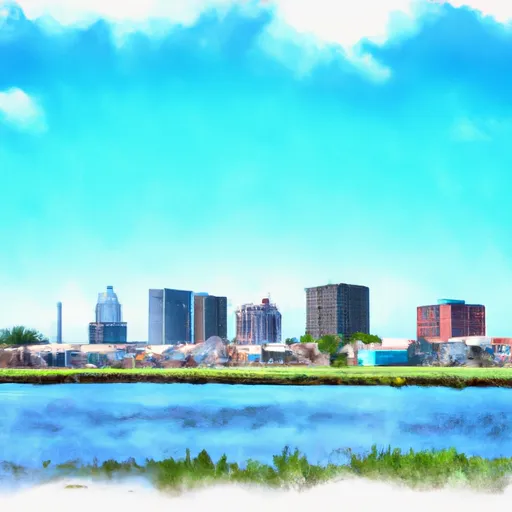Weather Forecast
Pointe-A-La-Hache receives approximately 1695mm of rain per year, with humidity levels near 90% and air temperatures averaging around 21°C. Pointe-A-La-Hache has a plant hardyness factor of 9, meaning plants and agriculture in this region tend to thrive here all year round.
Regional Streamflow Levels
362
Cubic Feet Per Second
66
Cubic Feet Per Second
85
Cubic Feet Per Second
9,870
Cubic Feet Per Second
View more
Nearby Camping
| Camping Area | Reservations | Toilets | Showers |
|---|---|---|---|
| St. Bernard State Park | |||
| Simpson County Lake | |||
| Lake Columbia | |||
| Lake Ross Barnett | |||
| DLo Water Park | |||
| Roosevelt State Park |
You Might Like
Featured Destination
The Nature Preserve Sugar River Alder is a beautiful natural area located in the state of Illinois. Visitors can enjoy the scenic views, diverse wildlife, and unique plant life. There are many good reasons to visit this preserve, including hiking, bird watching, and photography. The river provides great opportunities for fishing and kayaking. Some of the specific points of interest ...














